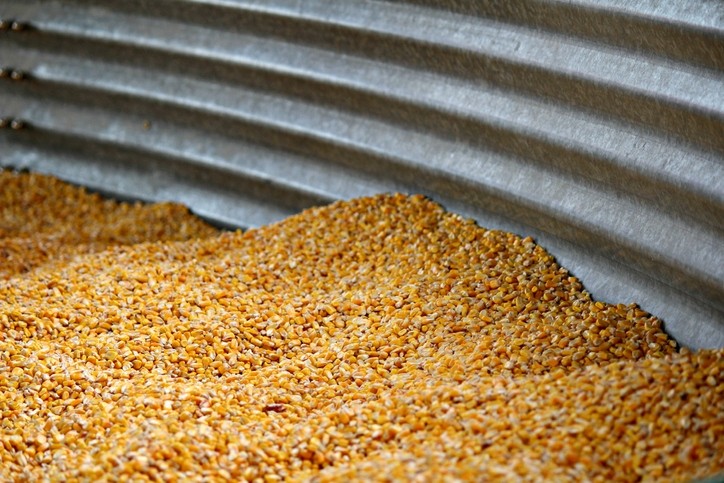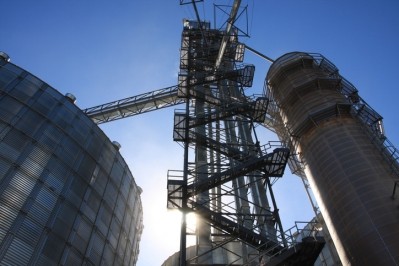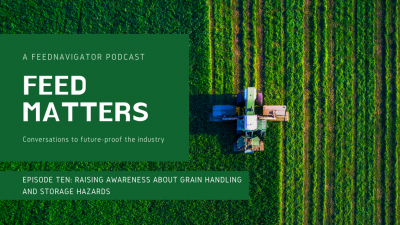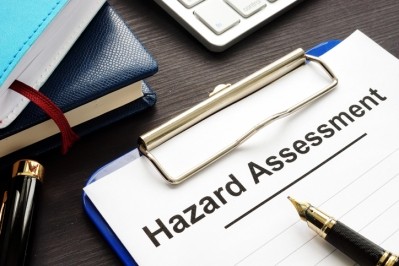US injuries, deaths decline as grain dust explosions rise

Kingsly Ambrose, associate professor of agricultural and biological engineering with Purdue University, released details regarding the number of grain dust-related explosions in a recent report. The goal of the data collection project is to reduce feed and grain dust-related explosions in the future.
“As part of that education effort, we need to keep on finding ways to educate the industry people – one way that helps is gathering the data,” he told FeedNavigator.
Many grain dust related explosions could be avoided, he said. Some of the steps that grain and feed handling facilities can take to address dust linked risks include keeping facilities clean of dust and maintaining equipment in good working order, along with training employees about the dangers of grain dust.
An incident can occur, for example, when there is a reduced number of handlers to deal with a large amount of grain, said Ambrose. With limited manpower, the focus will often be on just getting the job done rather than worrying about the safety issues, he added.
“Safety sometimes takes a back seat and that’s how some accidents happen,” he said. “If [a facility] spends a little more time on safety issues, I think most of the issues can be prevented.”
Injuries and fatalities
Although the total number of explosions related to grain dust increased in 2018, the number of injuries and fatalities declined compared to the previous year, according to the report.
In 2017, five people were killed in grain dust-related explosions and 12 were injured, according to report information. In 2018, one person died and four were injured.
Throughout 2018, there were 12 grain dust explosions in the US, based on the information gathered so far, according to the report. There were seven reported in 2017 and the 10-year average for incidents is 8.4 per year.
Explosions occurred in two feed mills, eight grain elevators and two ethanol production facilities, according to the report. Along with the dust, hot bearings and sparks were identified as ignition sources in three of the incidents. However, in nine cases no ignition source was determined.
The explosions occurred in nine states including Minnesota, Indiana, Nebraska, Texas, Oklahoma, Wisconsin, Kansas and Louisiana – both Illinois and Iowa saw two explosions, according to the report. Of the states that reported incidents in 2018, all but Oklahoma were among the areas considered “leading states” for grain dust explosions.
The majority, six in all, of the incidents occurred around corn dust, while four were linked to a mixed feed, according to the report. Of the 84 reported explosions assessed since 2009, 44 have been related to corn and 18 to mixed feed.
“For any grain usually it starts with from the harvesting, [with the] combine setting – if you don’t have the right combine setting you might be carrying more dust from the field to the mill,” said Ambrose. Adding, “Corn usually carries more dust than other grains.”
The report is a draft release only, said Ambrose. “There could be more incidents that we did not hear about or [that] are not published, so when we get notice of those we will update the report,” he added.
In addition to the report, Ambrose’s team also established a web-based app using the data set generated since 2006, he said. The program is freely available to anyone interested in tracking incidents by year, month, commodity, facility type or state.













